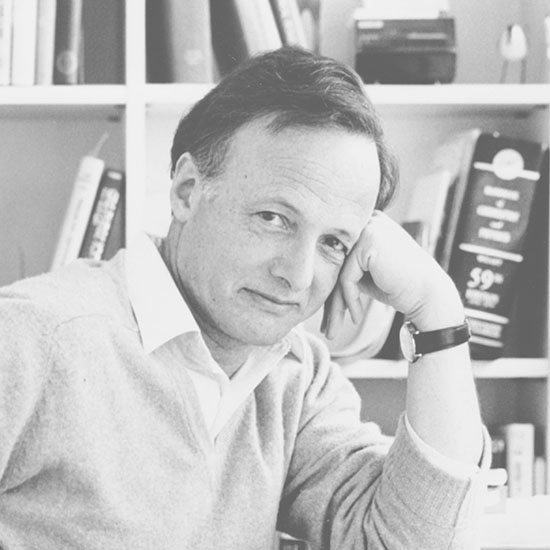John Polanyi is a Nobel Prize-winning chemist recognised for research into the way that atoms and molecules move while undergoing chemical reaction — i.e. while changing from one molecule into another. His contributions to this field, termed ‘reaction dynamics’, continue with studies of reactions at surfaces observed one molecule at a time by scanning tunnelling microscopy, during which a sharp tip is first drawn across the reagent molecule and subsequently across the product molecule.
Previously, John discovered that infrared chemiluminescence could provide information about the distribution of rotational, vibrational and translational energy in gaseous molecules undergoing chemical change. John also pioneered the development of vibrational lasers, particularly those that convert chemical energy into infrared radiation.
He has received numerous prestigious awards including the 1986 Nobel Prize in Chemistry for his contributions to establishing the field of reaction dynamics. A well-respected voice for decades on issues of arms control and science policy, he was made a Companion of the Order of Canada in 1979 and a member of the Queen’s Privy Council for Canada in 1992.
Professional position
- Professor of Chemistry, Department of Chemistry, University of Toronto
Subject groups
-
Chemistry
Chemistry, physical
Awards
-
Bakerian Medal and Lecture
On 'Photochemistry in the adsorbed state, using light as a scalpel and a crystal as an operating table'.
-
Bakerian Medal and Lecture
Jointly with Dudley R. Herschbach and Yuan T. Lee for their contributions concerning the dynamics of chemical elementary processes.
-
Royal Medal
In recognition of his pioneering work on the electromagnetic radiation emitted from chemical charges, leading to the basis of the chemical laser process.
-
Nobel Prize in Chemistry
Jointly with Dudley R Herschbach and Yuan T Lee

